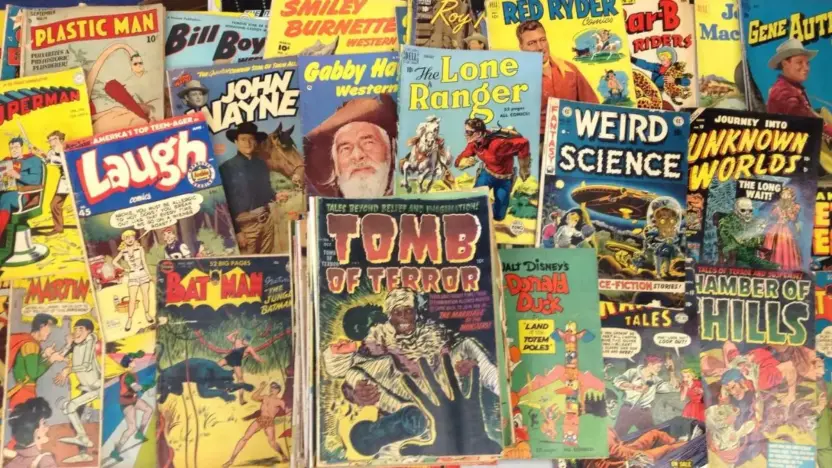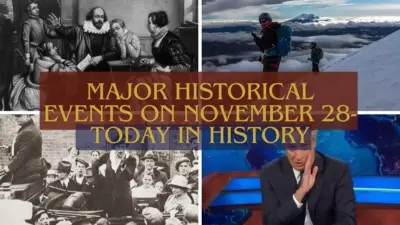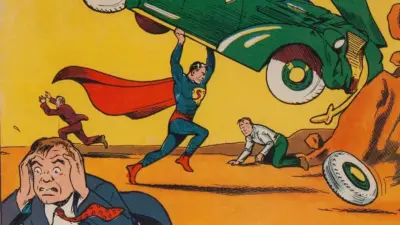Cliffhangers are a timeless and powerful narrative tool in storytelling, particularly in comics, where the serialized format thrives on anticipation. By leaving readers on the edge of their seats, cliffhangers create an emotional connection, enhance storytelling, and drive engagement. Let’s explore why cliffhangers are essential in comic storytelling and examine examples of comic series that have effectively used this technique to capture and retain fan attention.
Why Cliffhangers Are Essential in Comic Storytelling
Building Anticipation and Engagement
A cliffhanger hooks readers by introducing an unresolved situation or question that demands answers. This moment of tension ensures that readers are invested in finding out what happens next. The episodic nature of comics is particularly suited to this mechanism, as the interval between issues builds anticipation.
Example: In The Walking Dead by Robert Kirkman, cliffhangers were integral to its success. One notable moment occurs at the end of Issue #100 when Negan, the infamous antagonist, introduces Lucille, his barbed-wire-covered baseball bat. The issue leaves readers guessing who among the protagonists met their end, driving massive speculation and ensuring readers eagerly awaited the next issue.
Enhancing Emotional Investment
Cliffhangers often present characters in peril, shocking reveals, or moral dilemmas that force readers to empathize with their struggles. This deepens the emotional bond between readers and characters, making them care more about the story’s outcome.
Example: In Batman: A Death in the Family, the fate of Jason Todd, the second Robin, is decided through a fan vote. The cliffhanger ending of the issue leading to the decision—whether the Joker’s bomb would kill Jason—was emotionally gut-wrenching. The tension created was a pivotal moment in comic history, resulting in significant fan involvement and a lasting impact on Batman’s character development.
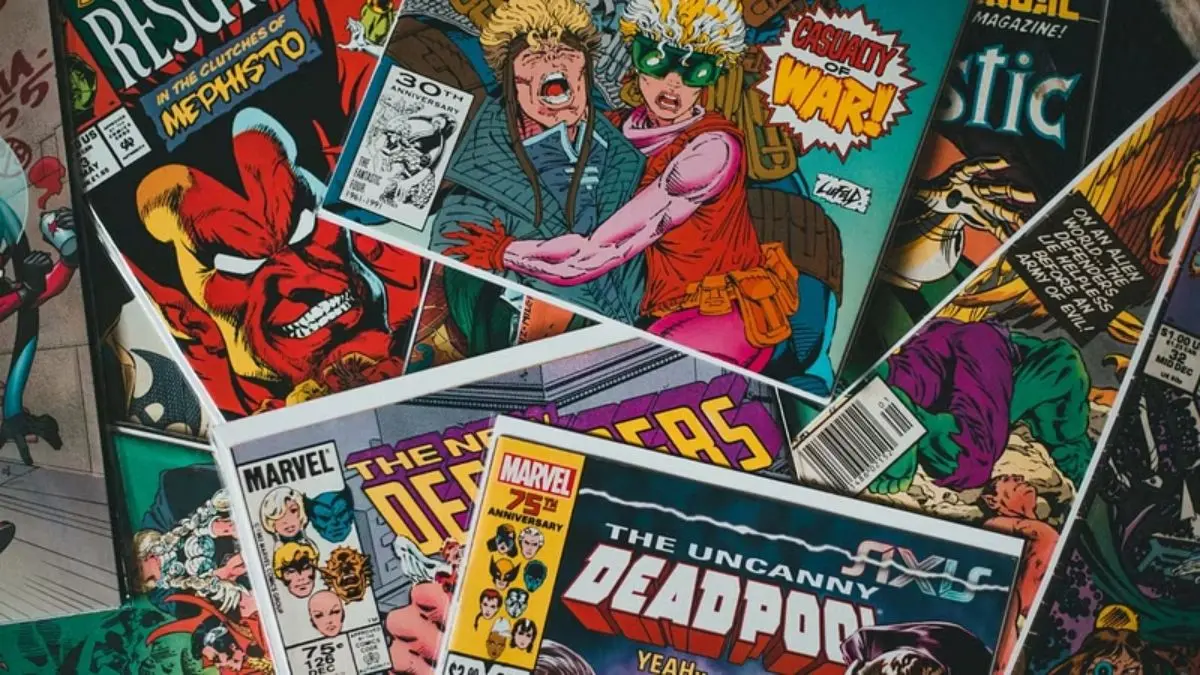
Driving Sales and Sustaining Momentum
Cliffhangers are also a strategic tool for driving sales. When a story ends on a suspenseful note, readers are more likely to purchase the next installment to see the resolution. This sustains the momentum of a comic series and builds a loyal fanbase.
Example: Marvel’s Infinity Gauntlet series kept readers riveted with its cliffhanger endings, especially when entire teams of heroes failed against Thanos. The shocking conclusion of an issue where Thanos snaps his fingers and erases half the universe left readers desperate to see how the remaining heroes would fight back.
Fostering Community Speculation and Discussion
A well-placed cliffhanger sparks conversations and theories among fans. This sense of community engagement keeps the comic in public discourse between releases and fosters a deeper connection to the story.
Example: Watchmen by Alan Moore and Dave Gibbons is a masterclass in storytelling and cliffhangers. The ending of Issue #11, where Ozymandias reveals his plan to unite humanity by orchestrating a catastrophic event, stunned readers. The reveal of the plan being already in motion created widespread discussion about morality, heroism, and the nature of sacrifice, ensuring its place in the comic hall of fame.
Providing Narrative Momentum
Cliffhangers maintain narrative momentum, making the story feel dynamic and urgent. This is especially important in serialized storytelling, where pacing can make or break the reader’s interest.
Example: In Spider-Man: The Night Gwen Stacy Died, the final panels of the penultimate issue see Gwen Stacy plummeting to her death. The dramatic tension and uncertainty left readers reeling and set the stage for a heartbreaking resolution, marking a watershed moment in comic storytelling.
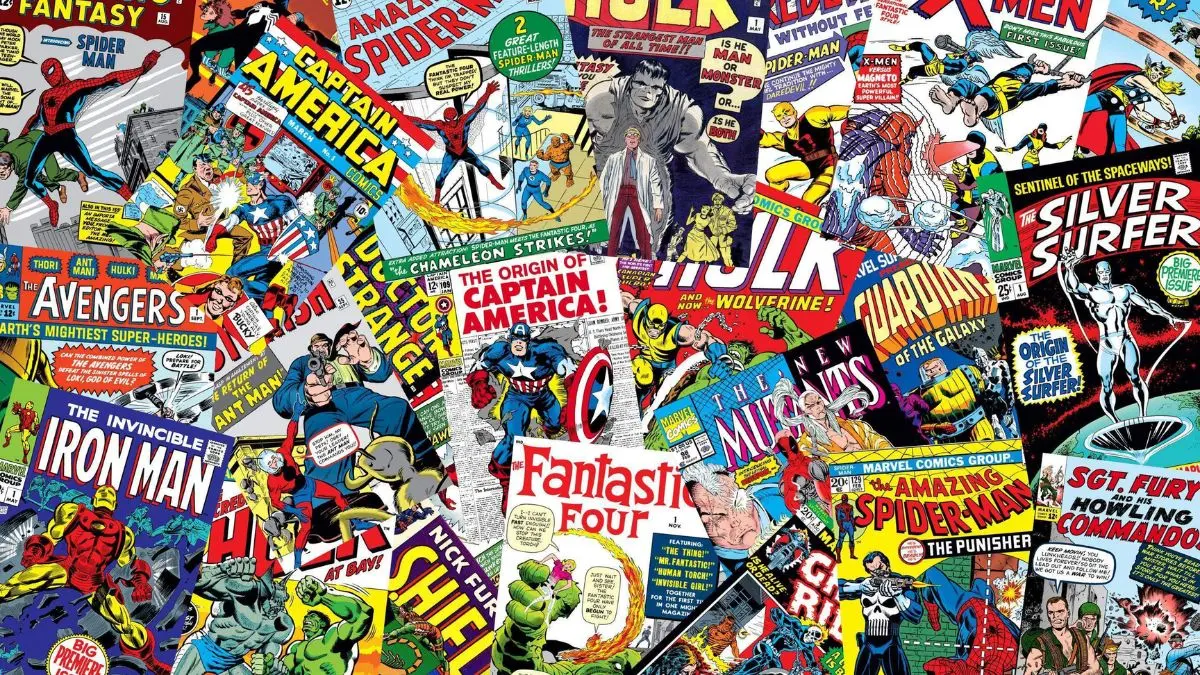
Encouraging Creative Storytelling
Cliffhangers challenge writers and artists to craft compelling moments that resonate. This pushes creative boundaries, leading to innovative storytelling and memorable visuals that define the medium.
Example: In Saga by Brian K. Vaughan and Fiona Staples, almost every issue ends with a powerful cliffhanger. Whether it’s a character reveal, an unexpected death, or a new twist in the intergalactic saga, these moments have made Saga a fan-favorite series known for its emotional depth and unpredictability.
Also Read: Most Expensive Comics Ever Sold at Auction
